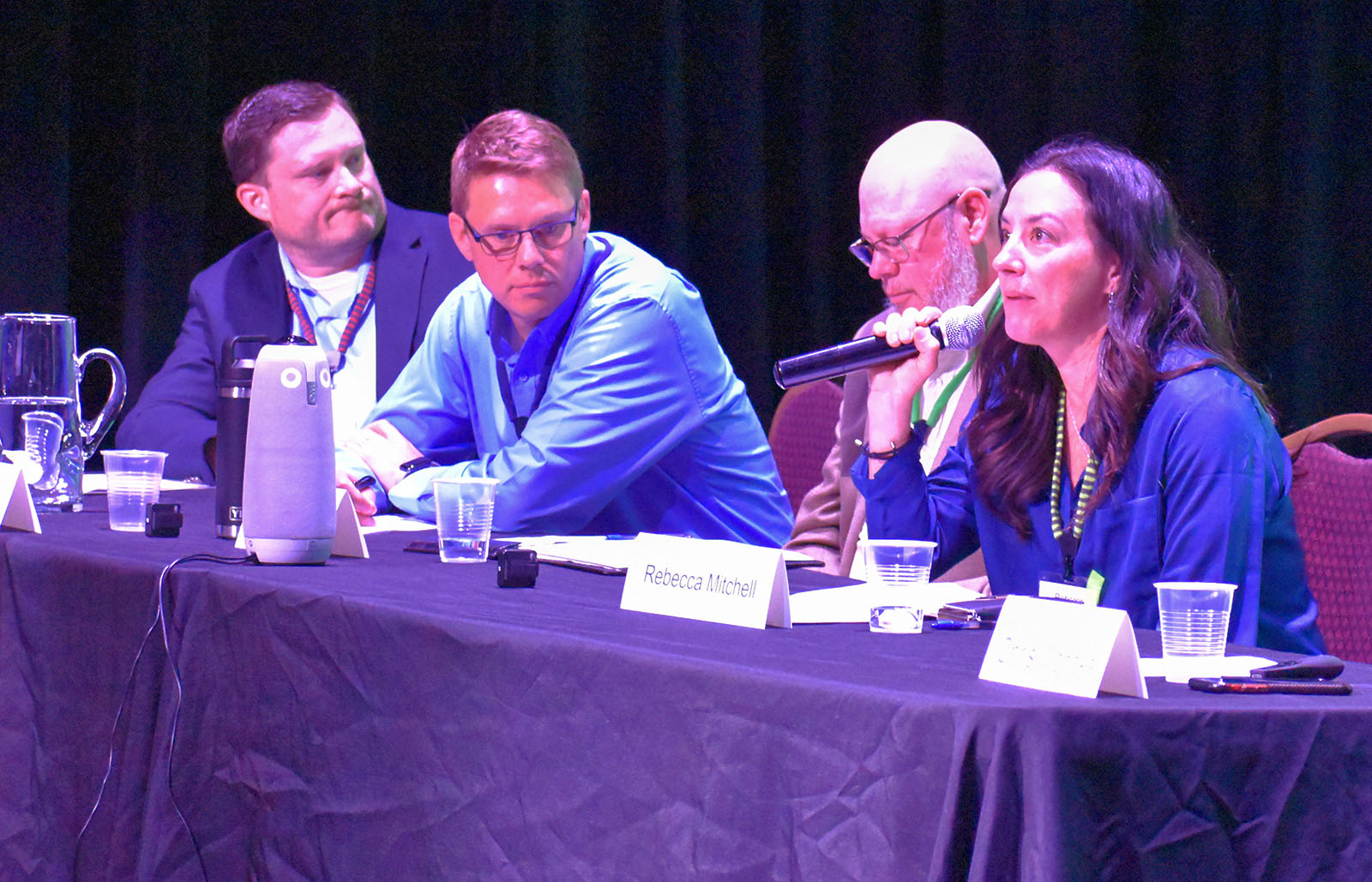As we’ve mentioned before, the Colorado River crisis concerns us here in the Arkansas River Basin because as much as 23% of our river flows are imported from the Colorado River Basin each year.
Monday, the Associated Press hailed a “breakthrough proposal” by California, Arizona and Nevada to temporarily reduce their use of Colorado River water by at least 3 million acre-feet (maf) through 2026.
If the proposal were to be approved, the federal government would use monies allocated through the Inflation Reduction Act to compensate water rights owners for conserving 2.3 million acre-feet of water. Additional reductions to reach the 3 maf target of would be voluntary and uncompensated.
The proposal represents an important development in the Colorado River crisis mainly because California, which consumes more Colorado River water than any other state, has offered to reduce its water use.
But the proposal is just that – a proposal – and no conservation agreement has been reached in spite of a local blogger claiming, “All seven Colorado River Basin states agree to conservation proposal.”
A statement released Monday by the Colorado Water Conservation Board indicates, “The Upper Division States have not had an opportunity to review and analyze the Lower Basin proposal in detail, and therefore cannot endorse the proposal at this time.”
CWCB Director Becky Mitchell represents Colorado on the Upper Colorado River Commission, composed of representatives from Colorado, Wyoming, Utah and New Mexico.
“We look forward to better understanding what enforceable, binding water conservation agreements the Lower Division States may be able to provide,” Mitchell said. “While temporary solutions are beneficial, we must continue to focus on the long-term goal of sustaining the system.”
The CWCB statement makes clear that the only agreement reached by the seven Basin states is to support the submission of the proposal to the federal Bureau of Reclamation for analysis.
The Bureau operates the dams that impound water at lakes Mead and Powell, the massive federal reservoirs that store water for use by the Lower Basin states, where, in spite of a 20-year drought, water use continued to increase through 2022.
The distinction between Upper Basin states and the Lower Basin states was created by the1922 Colorado River Compact which divided Colorado River water between the two regions.
The Compact requires the Upper Basin states, where most of the Basin’s precipitation falls, to deliver a 10-year rolling average of 7.5 million acre-feet (maf) of water to Lees Ferry, Arizona, just south of the Utah state line.
Under the 1922 Compact, California is entitled to 4.4 maf of that water; Arizona, 2.8 maf; and Nevada, 0.3 maf. To date, the Upper Basin states have consistently met the 7.5-maf Compact requirement and even reduced annual water usage by 1 maf in 2021 when annual water usage in the Lower Basin approached 10 maf.
Under this new proposal, California would give up about 1.6 maf of water through 2026. The Imperial Irrigation District, which uses more than 3 maf of Colorado River water each year to grow crops in the Sonoran Desert, would account for more than half of California’s cuts.
J.B. Hamby, chairman of the Colorado River Board of California, told the Associated Press that the Imperial District is working on a pilot summer idling program where farmers would sign up to turn off their water for 60 days for forage crops like alfalfa, much of which is shipped overseas to feed cattle, essentially exporting Colorado River water to Asia.
Additionally, the Lower Basin states’ proposal, besides being temporary, would allow those states to continue using more than the 7.5 maf per year that the Upper Basin states are required to deliver under the 1922 Compact.
The proposal also amounts to cuts averaging 1 maf per year, half of the minimum amount the Bureau said would be needed to sustain the system (2-4 maf/year) and less than the 1.5 maf per year of water that is lost, mainly to evaporation, just getting it to the end users in the Lower Basin states.
The CWCB response to the proposal concludes, “Commissioner Mitchell and her staff will continue to analyze the proposal in the coming weeks to understand impacts on the System and, specifically, Colorado’s significant interests in the Colorado River. Any viable proposal must show measurable and binding reductions in use.








